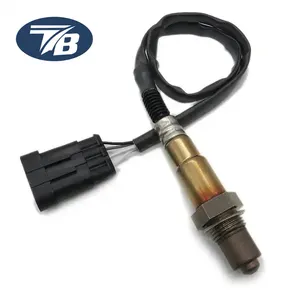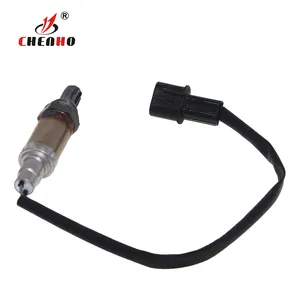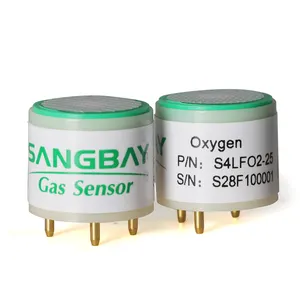An electronic instrument called an oxygen sensor or lambda sensor monitors the amount of oxygen present in the gas or liquid under analysis. The most common use of this technology is to measure the oxygen content of exhaust gases from internal combustion engines in cars and other vehicles in order to calculate the air-fuel ratio and, if necessary, dynamically adjust it so that catalytic converters can perform to their full potential. It can also be used to check whether a converter is working properly. In oxygen analyzers, which are widely used in medical devices like anesthetic monitors, respirators, and oxygen concentrators, there are oxygen sensors.
What are the applications of Oxygen sensors?
1. Research on soil respiration and the characterization of soil respiration can be enhanced by combining oxygen and carbon dioxide sensors.
2. Measurements of oxygenation have been used to assess the primary production of algae, as well as the respiration of communities and individual organisms in marine biology.
3. Dissolved oxygen is detected in breweries at many points during the beer production process, from dissolved oxygen management at wort aeration through measurement using a trace oxygen sensor.
4. Oxygen sensors tool is crucial in the synthesis of Active Pharmaceutical Ingredients generated in a bioreactor through cell culture or fermentation since oxygen is necessary for cellular respiration. The upstream O2 sensor gives an essential measurement using an oxygen meter to make sure that the bioreactor's cells are getting the oxygen they need to produce as much oxygen as possible.
5. The oxygen sensor cars make sure the engine is operating at peak efficiency, regulate emissions, and inform the driver when emissions become excessive.
6. The accuracy of the oxygen sensor is crucial because high oxygen levels can change cell metabolism, and low oxygen levels can decrease productivity. The air/fuel ratio can be measured across a very wide range with a wideband oxygen sensor.
How do flow meters for oxygen work?
When oxygen sensors such as O2 sensors in cars grow warm, they start to produce their own electricity and work. On the end of the oxygen sensor, which plugs into the exhaust manifold, there is a zirconium ceramic bulb. Both the interior and exterior of the bulb are covered with a porous layer of platinum that serves as the electrode. The interior of the bulb is internally vented to the atmosphere outside through the sensor body. The downstream oxygen sensor is another name for this device. It comes before the muffler and after the catalytic converter. It checks the condition and functionality of the catalytic converter. The voltage on the oxygen sensor should be constant since the catalytic converter should produce a consistent flow of oxygen. The upstream oxygen sensor is another name for this device. It comes before the catalytic converter and after the exhaust manifold.













































 浙公网安备 33010002000092号
浙公网安备 33010002000092号 浙B2-20120091-4
浙B2-20120091-4